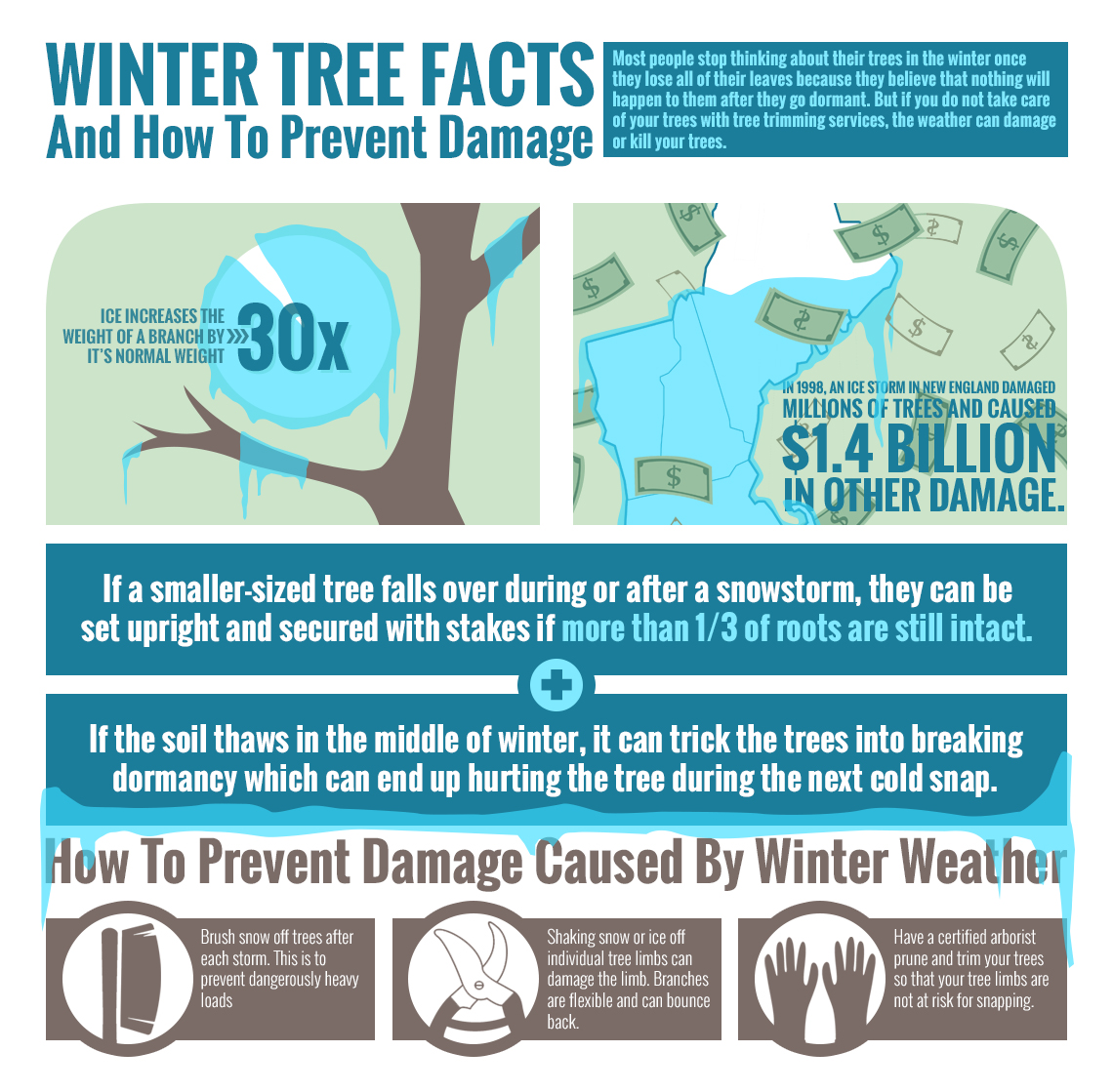Indicators Indicating The Requirement For Tree Removal: Identifying Risky Trees
Indicators Indicating The Requirement For Tree Removal: Identifying Risky Trees
Blog Article
Article Writer-McDonald Hubbard
When it involves tree treatment, acknowledging the indications that it's time for elimination is necessary for your security and home. You might notice blemished fallen leaves, wilting branches, or weird fungal growths showing health problems. Structural problems, like a significant lean or fractures in the trunk, can also present threats. Recognizing these warning signs can assist you make educated decisions about your trees and stop possible hazards prowling in your lawn. What should you search for next?
Signs of Degeneration and Condition
When you observe signs of decay and condition in your trees, it's crucial to act rapidly. Try to find stained leaves, wilting branches, or uncommon growths like fungus. These can indicate that your tree is struggling.
If you see splits in the bark or soft, mushy wood, these signs and symptoms recommend inner degeneration. In addition, an abrupt increase in bugs around your tree can indicate that it's weakened and susceptible.
Check for any type of dead or dying limbs, as they posture a threat to your building and security. If When To Remove Tree Stakes about what you see, consulting an arborist can give clarity.
Resolving these indicators early can save you from more comprehensive damage and make certain the health and wellness of your backyard. Don't wait till it's too late.
Structural Instability and Leaning
As you observe your trees, keep an eye out for any signs of architectural instability or leaning. If a tree leans considerably, it might show that the origin system is endangered.
Look for any type of splits in the trunk or soil around the base; these can signify potential failure. Furthermore, look for uncommon growth patterns, like a lopsided crown, which might suggest that the tree is struggling to hold itself upright.
If you notice that the tree leans toward your home, high-voltage line, or other structures, it postures a better risk. How To Trim An Avocado Tree ignore these indicators-- get in touch with an arborist to assess the scenario.
Taking action early can stop expensive damages and ensure your security.
Dead or Dying Branches and Foliage
If you discover dead or passing away branches and foliage on your tree, it's a clear indicator that something's incorrect.
These harmful locations can indicate underlying concerns like illness, bug infestations, or environmental tension. When branches lose their leaves or turn brown, they're no more contributing to the tree's health and wellness. Neglecting these signs might result in additional decline, making your tree a lot more dangerous.
Dead branches can easily break off throughout tornados, posturing a danger to home and individuals nearby. It's critical to analyze the level of the damage.
If the problem influences a considerable part of the tree, consider seeking advice from an expert. They can aid determine if removal is needed to make sure safety and security and maintain the appeal of your landscape.
Verdict
If you see any type of indications of decay, architectural instability, or dead branches on your trees, don't neglect them. These indicators can pose significant security dangers to you and your building. It's always best to seek advice from a professional arborist who can provide an expert evaluation of your trees. Taking action early can stop crashes and pricey damages, guaranteeing your landscape remains secure and healthy and balanced. Bear in mind, it's much better to be aggressive about tree treatment than to wait on a catastrophe to happen.
